Delta Connection flight received sink rate alert before Toronto Pearson crash
Aerotime
MARCH 21, 2025
TSB Approach sequence Due to reported wind gusts as the CRJ900 approached Toronto Pearson following a flight from MinneapolisSaint Paul International Airport (MSP) the aircraft was flown at 149 knots. seconds before touchdown the aircrafts indicated airspeed was 136 knots, and its ground speed was 111 knots.


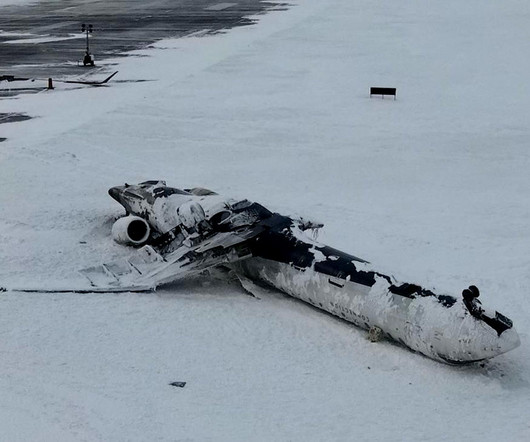
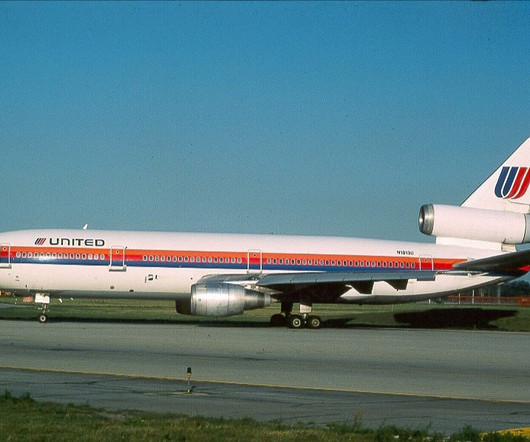
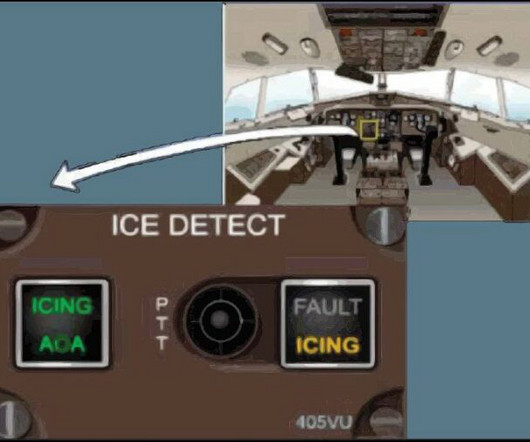

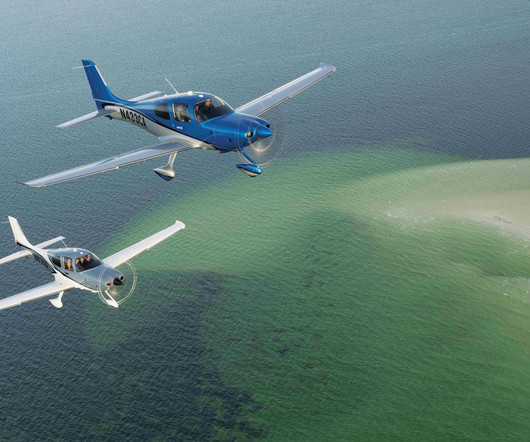


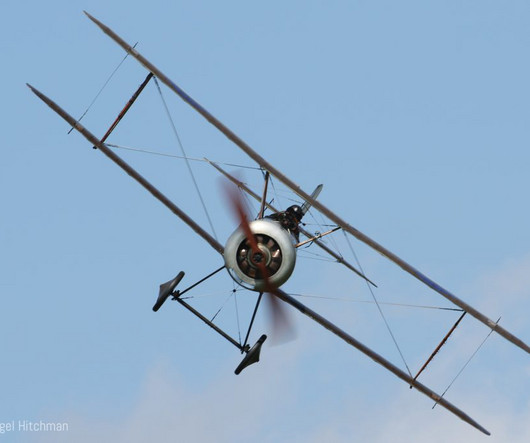






Let's personalize your content